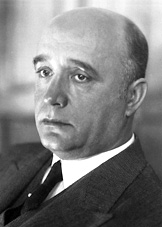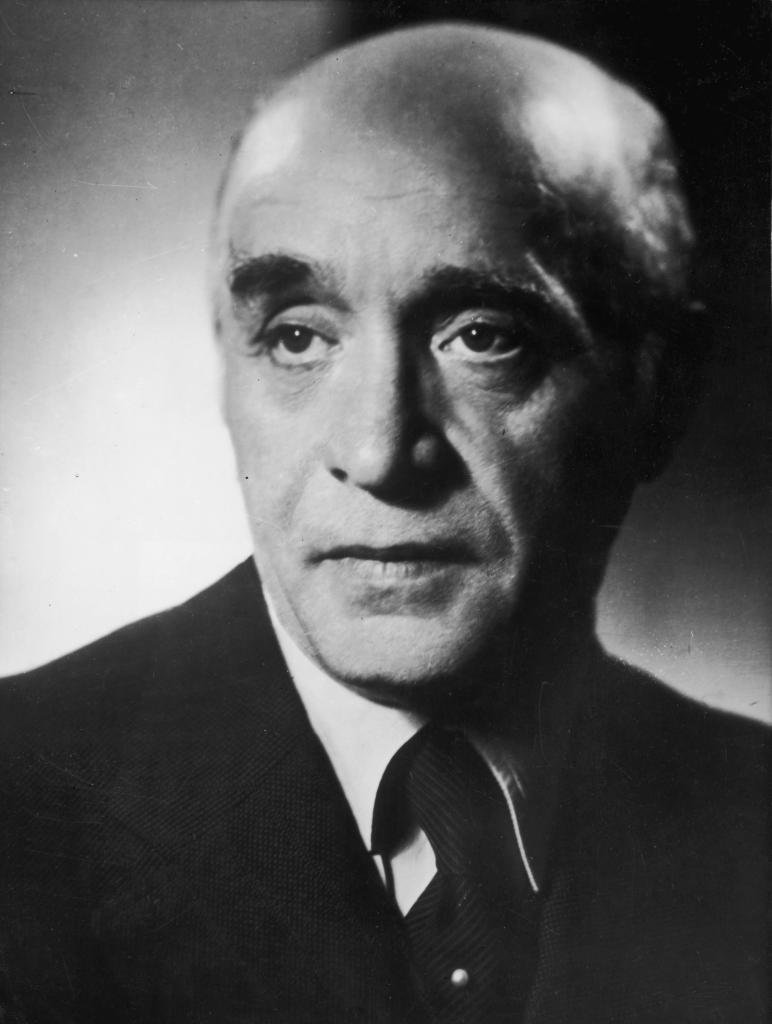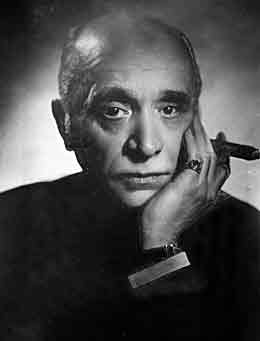<Back to Index>
- Chemist Friedrich Karl Rudolf Bergius, 1884
- Poet Andreas Gryphius, 1616
- Indian Independence Activist Jayaprakash Narayan, 1902
PAGE SPONSOR



Friedrich Karl Rudolf Bergius (October 11, 1884 – March 30, 1949) was a German chemist known for the Bergius process for producing synthetic fuel from coal, Nobel Prize in Chemistry (1931, together with Carl Bosch) in recognition of contributions to the invention and development of chemical high-pressure methods. Having collaborated with IG Farben during World War Two and committed to Nazi victory, his citizenship came into question following the war, where he ultimately fled to Argentina, advising the Ministry of Industry.
Bergius was born near Breslau (Wrocław), within the German Empire's Prussian Province of Silesia. Before studying chemistry, Bergius was sent to work for 6 months at the steelworks in Mühlheim. His studies started at the University of Breslau in 1903 and ended with a PhD in chemistry at the University of Leipzig in 1907, after only 4 years. His thesis on sulfuric acid as solvent was supervised by Arthur Rudolf Hantzsch. In 1909 Bergius worked for one semester with Fritz Haber and Carl Bosch at the University of Karlsruhe in the development of the Haber - Bosch Process. On the same year he was invited to work at the University of Hanover with Max Bodenstein, who developed the idea of chemical kinetics and held a position as professor.
During
his
habilitation, techniques for the high-pressure and high-temperature
chemistry of carbon containing substrates were developed, yielding a
patent on the Bergius process in 1913. In this process liquid
hydrocarbons used
as synthetic fuel are produced by hydrogenation of lignite (brown coal). He developed
the process well before the commonly known Fischer -
Tropsch process. Theodor
Goldschmidt invited
him to built an industrial plant at his factory, the Th. Goldschmidt
AG in 1914. The
production began only in 1919, after the World War I ended, when the need for
fuel was already declining. The technical problems, inflation and the constant criticism
of Franz Joseph
Emil Fischer, which changed to support after a personal
demonstration of the process, made the progress slow and Bergius sold
his patent to BASF,
where Carl Bosch worked on it. Before World War II several plants where built
with an annual capacity of 4 million tons of synthetic fuel. The
hydrolysis of wood to produce sugar for
industrial use became a hard task for Bergius. After he moved to
Heidelberg he started to improve the process and planned an industrial
scale production. The high costs and technical problems nearly led him
to bankruptcy. A bailiff followed Bergius to Stockholm to get the money from his Nobel Prize in
Chemistry in
1931. The autarky movement before the World War II boosted the process and
several plants were built. Bergius moved to Berlin were he was only marginally
involved in the development. While he was in Bad Gaste in Austria,
his laboratory and his house were destroyed by an air raid.
The rest of the war he stayed in Austria. After
the war his citizenship was called into question because of his
collaboration with IG Farben and commitment to Nazi
victory, resulting in his departure from Germany to work as an advisor
in Italy, Turkey, Switzerland and Spain.
He emigrated to Argentina,
where he didn't build any industrial plant but advised the Ministry of
Industry. He died in Buenos Aires on March 30, 1949. He
and Carl Bosch won the Nobel Prize in
Chemistry in
1931 in recognition of their contributions to the invention and
development of chemical high-pressure methods.